Biophilic design, the practice of creating a closer connection to nature through the way in which buildings and landscapes are designed and built, is not new. However, there is no doubt that our experiences of being locked inside our homes during the pandemic and our growing appreciation of the natural environment has meant that the concept has now come to the fore.
The term 'biophilia' was first introduced by psychoanalyst Erich Fromm and defined as the 'passionate love of life and of all that is alive…whether in a person, a plant, an idea, or a social group'. It has since been borrowed by multiple scientists and researchers including the social ecologist, Stephen Kellert, who applied it to a framework where natural elements – such as light, air, water, plants, animals, weather, landscapes and fire – are incorporated into the built environment and used to satisfy human needs.
Biophilic design, through improving tangible connections to nature, is argued to have a wealth of benefits for building occupants and urban environments. A study by Kaitlyn Gillis and Birgitta Gatersleben found incorporating plants into interior environments reduced stress and increased pain tolerance, while using water and capitalising on views was was mentally restorative.
Researchers Peter Newman and Jana Soderlund took the concept into a hospital environment and found similar results. Meanwhile a study by the Royal Horticultural Society has demonstrated the psychological benefits of indoor plants, including improved mood, reduced stress, greater productivity, quicker speed of reaction, increased attention span and increased pain tolerance. Further physical gains were found to be reduced fatigue and lowered blood pressure.
Given the increased research pointing to the benefits of biophilic design in the built environment, it is perhaps not surprising that company owners are introducing elements into the design of offices to attract workers back after the pandemic, and forward-looking housebuilders are designing homes which capitalise on daylight, fresh air and access to outside space, as well as introducing planting and water features to blur the boundaries between inside and outside space.
Softer shapes which imitate nature are favoured over straight lines, while natural material such as timber, the most sustainable form of construction, is being used for structures and cladding, rather than steel and masonry, to provide a more natural feel to a building.
Biophilic elements are being introduced by developers and their architects to even the smallest of residential outdoor spaces such as courtyards, balconies and terraces as well as rooftops and larger communal areas. Internally, indoor planting, large, openable glazing panels, and natural materials are making all the difference.
Here are just some residential developments where the concept is appealing to new home buyers across the UK.

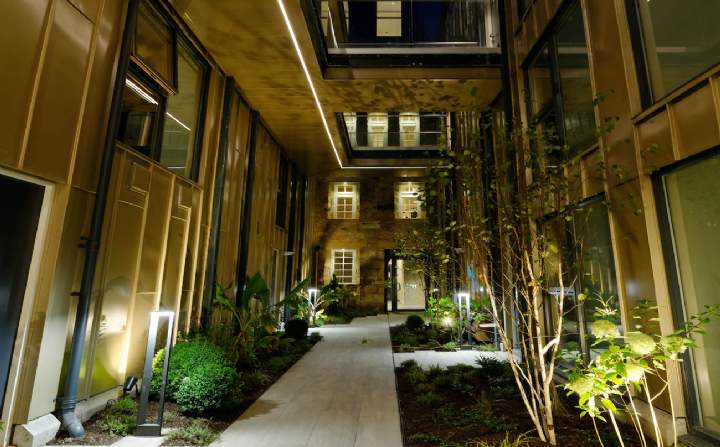
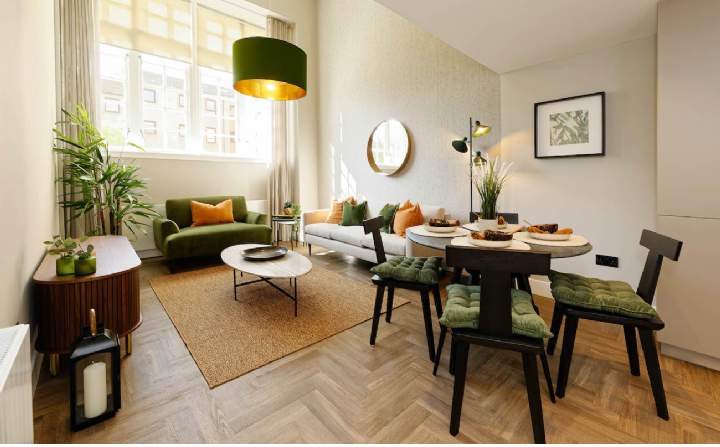
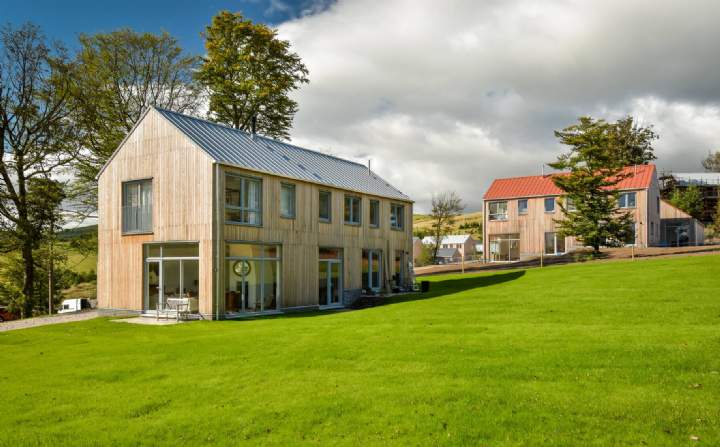
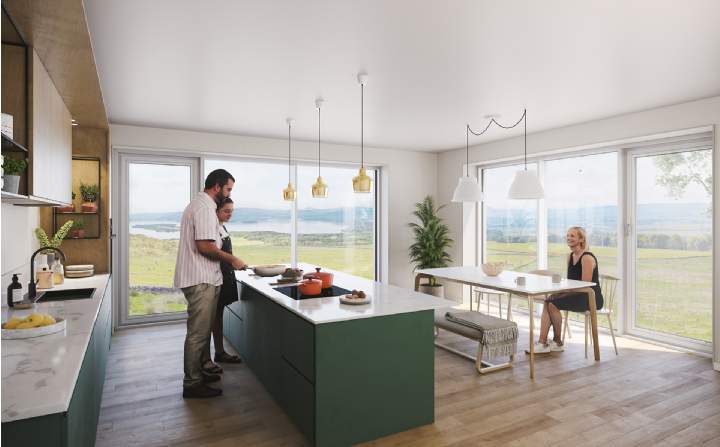

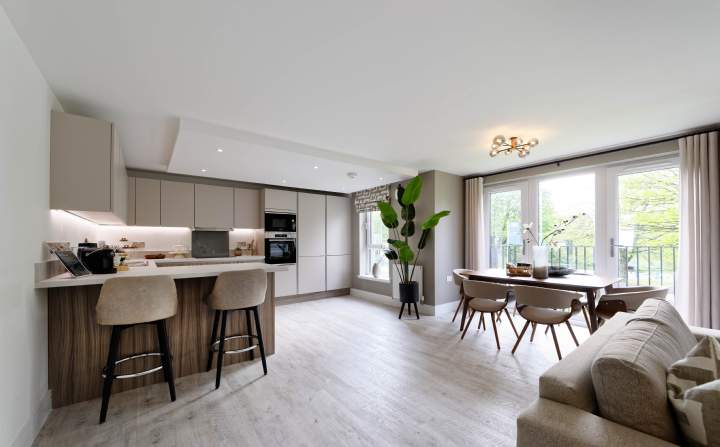
.jpg)

(1).jpg)
.jpg)
.jpg)
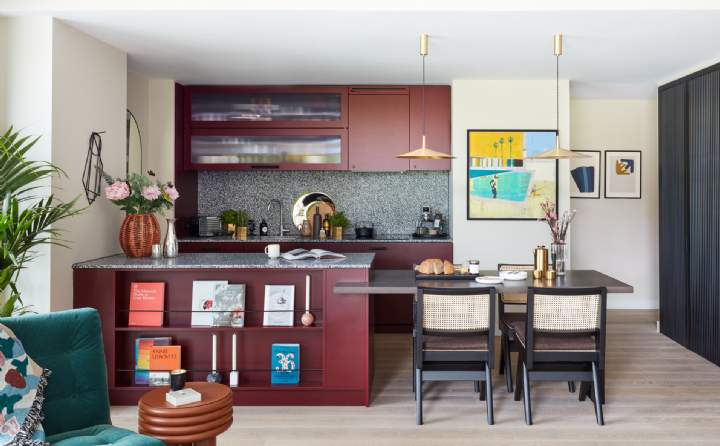
.jpg)
.jpg)
.jpg)
.jpg)
.jpg)
.jpg)
.jpg)
.jpg)
.jpg)
.png)